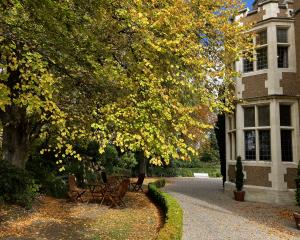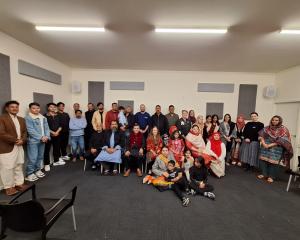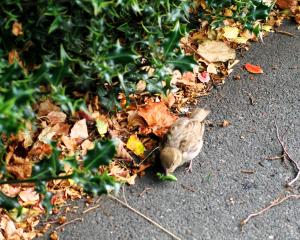I refer to your article of Feb 20 2019 on Lake Hayes. I have sadly discovered that what you showed is but a small amount of the damage that has occurred and apparently is to continue.
It beggars belief that a wetland described by Landcare (2017) as “having a high diversity of indigenous flora with the margins being identified as a naturally uncommon ecosystem” can be trashed in the way that this is happening. It is problematical as to the reason for the extensive earthworks; it maybe to remove willows but at the same time that activity provides a much more open view of the lake from the nearby development.
I have also discovered that there is an approved plan to drive a 68m long boardwalk through the center of the unbroken vegetation belt at the South end of the lake as part of this development. It will terminate in a 4.5m viewing platform. It is this area of the lake that provides nesting for a high proportion of the largest population of crested grebe in NZ in addition to other rare and threatened species such as Crake and Bittern.
All of this is happening because a consultant to the developer declared that the damage associated with this activity would be less than minor and therefore there would be no need to publically notify the activity. All of the regulatory authorities QLDC, DoC, ORC, IWI and Fish & Game accepted that assurance apparently without question.
However, there is an organization with a membership of some 120 people who have cared for the lake for over ten years, they have encouraged and funded research, made submissions on the lake to QLDC, DoC and ORC and run a predator trapping programme around the lake to protect the wildlife. They are the Friends of Lake Hayes and they were deemed a non-affected party and like the rest of New Zealand were not aware that all of this was to happen. I am not a member of the FoLH, but I have been carrying out research on the wildlife of this lake for the last six years.
Is it at all possible to find out how and why this has been allowed to happen and if it is possible to prevent further damage and habitat destruction?
John Darby












